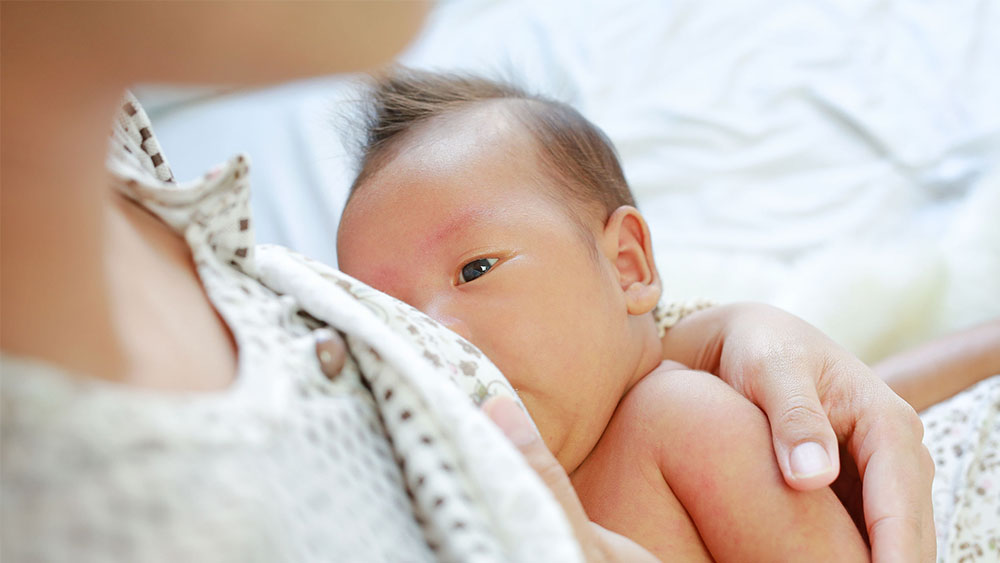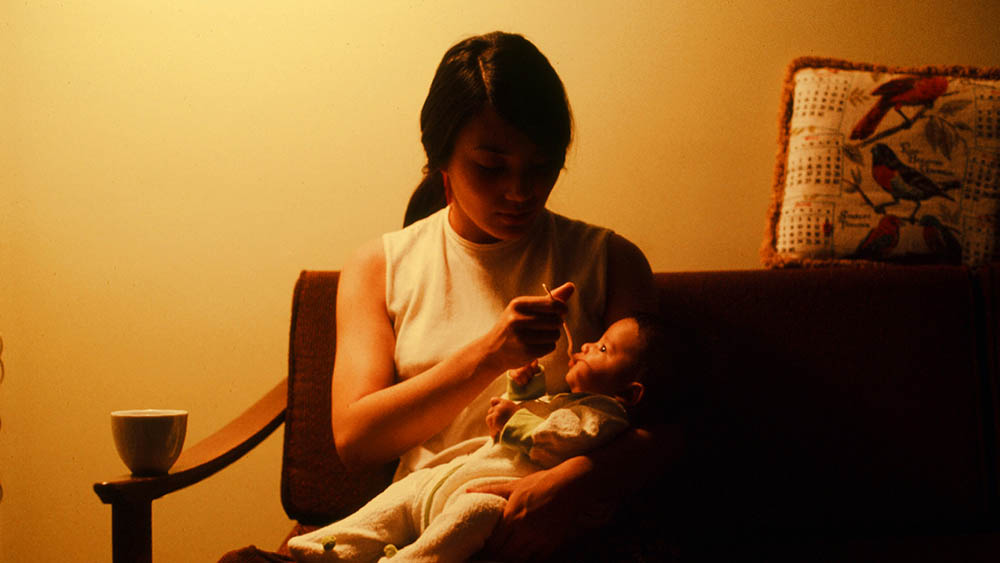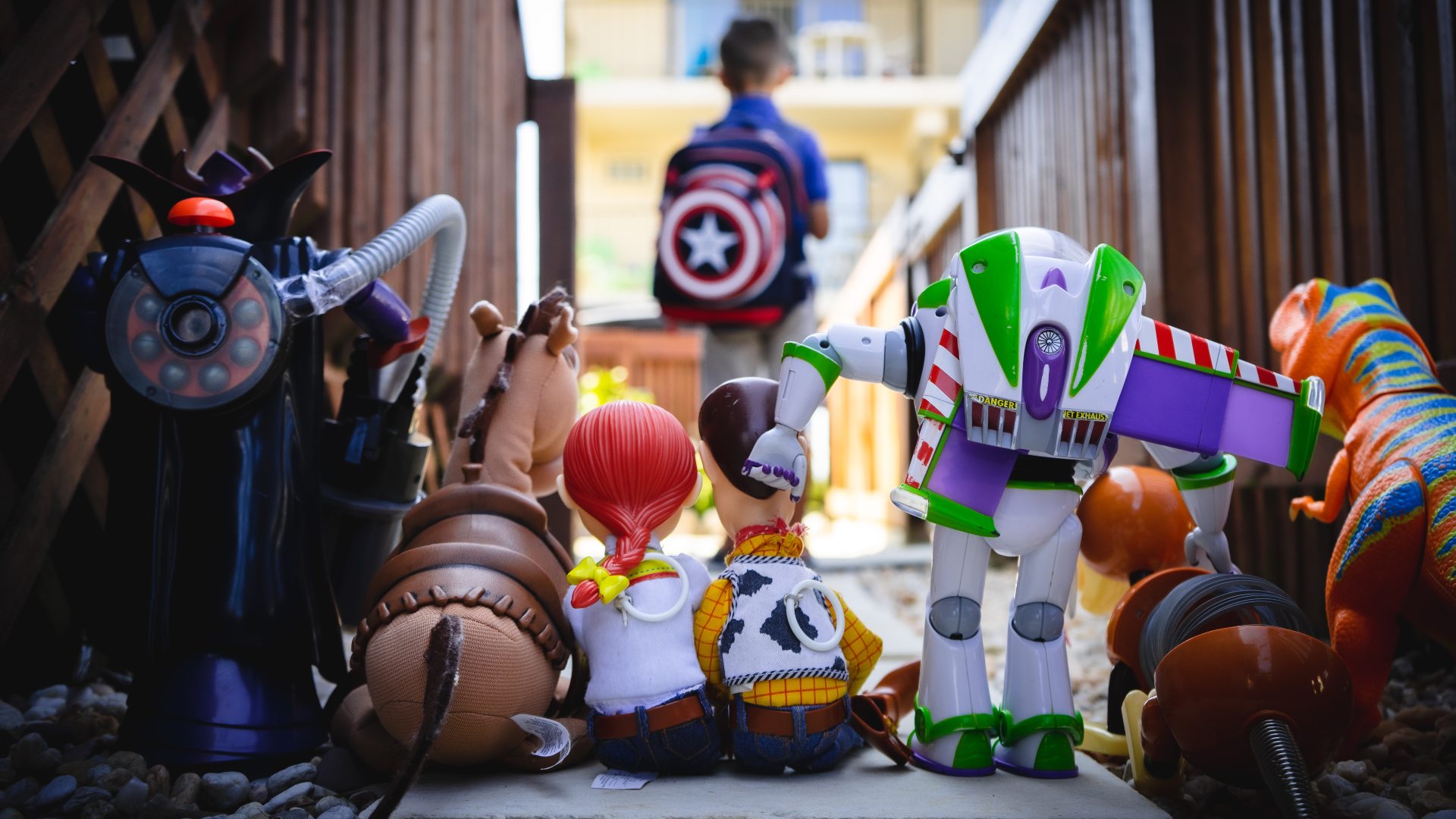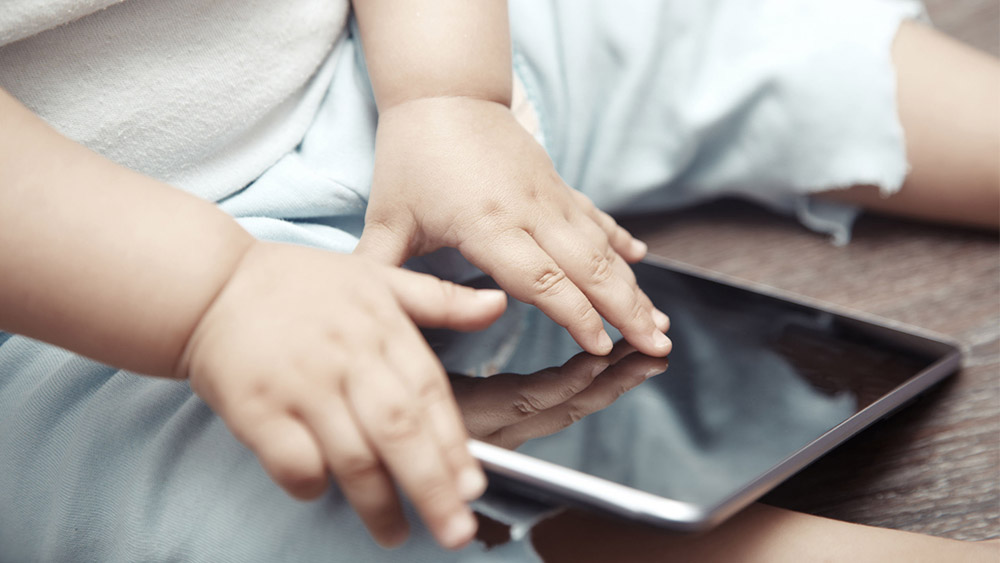Baby Talk: The Unexpected Costs Of Breastfeeding In Singapore As A Working Mum
One of the biggest misconceptions that I fell for as a first-time mum is that breastfeeding is free. This might be the case if everything goes perfectly from Day One, but that’s rare for mums, let alone first-timers.
While it’s also true that you can save a few hundred dollars a month on formula if your baby drinks breastmilk exclusively, to this day, I’ve spent more on five months of breastfeeding than I did on giving birth. Here’s where my money has gone:
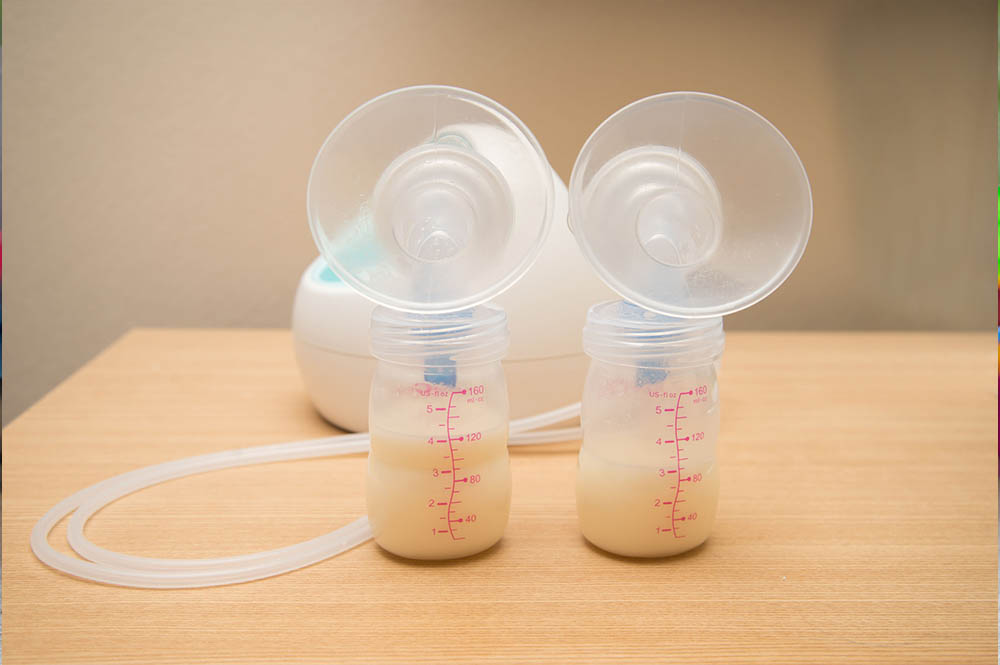 IMAGE: 123RF
IMAGE: 123RF
Breast Pumps
Most breastfeeding mums need to pump once (or if) they go back to work, especially since companies are increasingly calling employees back to the office. This means investing in pumps–that’s right, pumps, plural.
First up, you’ll need a hospital-grade pump, or a pump designed for long-term, heavy use. These usually have a bigger, more powerful motor to optimise the suction. One of the most popular models is the Spectra S1+, which costs about $390.
Since the S1+ is roughly the size of a small bowling ball, many mums also invest in a pocket-sized portable pump, or in a wearable pump, which you can stuff inside your bra. These cost anywhere between $30+ to more than $800.
Thing is, pump preference is subjective. So much goes into choosing a pump: in addition to considering your lifestyle, you’ll also need to consider which one your breasts respond to the best, which you won’t know until you actually start pumping.
I started with a secondhand S1+ as my primary pump, which I ended up swapping for a new Spectra Dual S since prolonged use wore out my S1+’s motor. (Hence my disclaimer about using hand-me-down pumps.) I also splashed out a few hundred dollars on a local-made portable pump, only to sell it at a loss a few months later since I yielded only half my output when using it as opposed to my hospital-grade pump.
As superior as its performance is, the Spectra is way too cumbersome to tote around, so I’ll inevitably have to purchase another portable pump to replace the one that I sold.
In total, I spent almost $600 on pumps, not including the pump parts, which include flanges, valves, and other small items that need to be replaced every few weeks due to wear and tear. And unless you have the time and energy to wash your pump parts every time you use them, you’ll probably want to buy multiple sets so that you always have clean spares in rotation. (This makes it way less tiring to pump every three to four hours.)
Let’s not forget about the fact that flanges, like breast pumps, also vary in performance so you may need to swap them out a few times before finding a shape, size, and material that works for you. I’ve spent almost $200 on flanges due to all the trial and error! Tragically, the budget-friendly plastic flanges, which cost just under $20 a pair, don’t work for me as well as silicone ones do, and those cost almost twice as much.
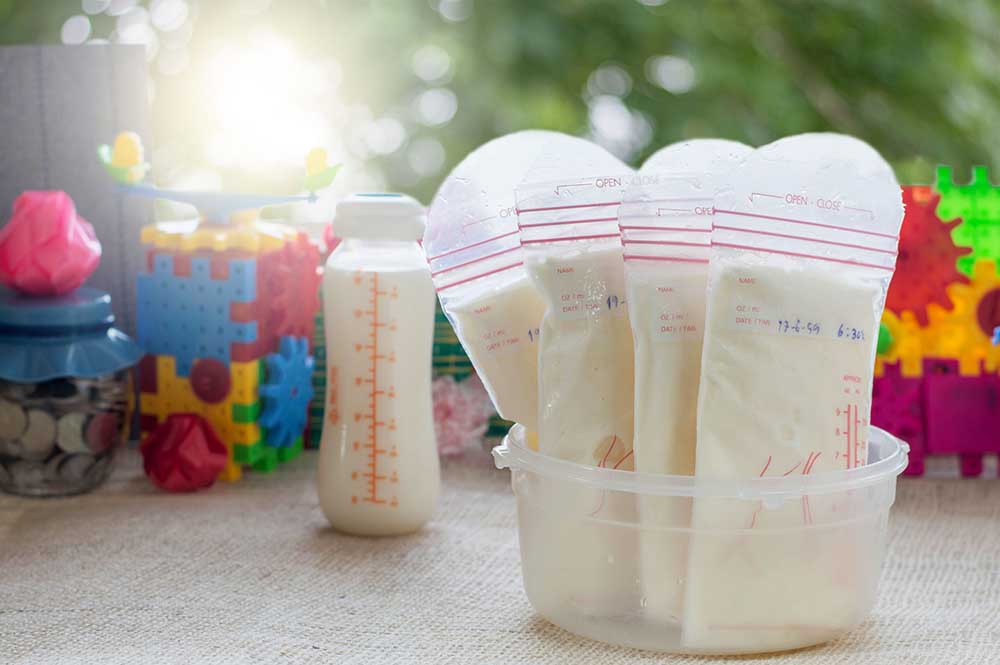 IMAGE: 123RF
IMAGE: 123RF
Milk storage
After pumping the milk, you’ll need to store it in bags to freeze. While online retailers like Shopee have plenty of affordable options (e.g. 30 bags for under $5), the costs add up after you start using four to eight bags a day.
If you’re pumping on the go, you’ll also need a way to transport the milk while keeping it cool. I own a freezable cooler bag and a Ceres Chill, which is a double-insulated thermos for breastmilk. As much as I love it for its portability, at $140, it’s not the most cost-effective solution. If possible, get one secondhand on Carousell, like I did–most are as good as new since they hold up well to wear and tear.
Items for breast comfort and health
Here’s a brief list of everything I bought to make breastfeeding more comfortable and sustainable
Nursing bras - Something you’ll quickly learn once you start breastfeeding is that regular wired bras are a no-no–they’re too tight, which lead to clogged milk ducts, and they’re hard to push aside if you’re breastfeeding a baby directly. I had to invest in a whole new set of bras, which can set you back a few hundred dollars depending on how many you buy and where you buy them from. Pro Tip: Taobao and Shopee have tons of affordable dupes for the expensive ones that are all over Instagram.
Pumping bras - These bras help hold your flanges in place so that you can pump hands free. Unfortunately, I found most of the cheap ones are too loose to hold them securely, so I had to splash out on a $50 “pump strap” that pretty much never goes on sale.
Breast pads - For absorbing leaks. Thankfully, these aren’t too expensive, especially if you choose to wear the reusable ones. I was able to find sets of five pairs on Shopee for less than $10.
Nipple cream - For chafing, no further explanation needed. Ouch!
Silver nursing cups - These nifty devices are indispensable during the first few days postpartum, when you’re dealing with sore, cracked nursing nipples. Dupes abound, but the “branded” Silverette ones cost $79 since they are the original silver nursing cups.
Cooling pads - Soreness and inflammation are part and parcel of the journey, which is where these come in. Alternatively, you could go with the traditional remedy - cabbage leaves - which are budget-friendly and feel just as shiok.
Supplements - Many women turn to these while trying to increase their milk supply or to keep clog ducts at bay. My bottle of sunflower lecithin, which helps with the latter, costs over $52 for 200 pills! These run out rather quickly when you’re popping two to four a day.
Breastfeeding pillows
Positioning a newborn baby for latching can feel a little precarious when you’re a first-time mum. To help keep her in place, I spent almost $150 on special pillows, including a $90 pillow that I used for just a month before my baby outgrew it. Said pillow has now been repurposed into a glorified cushion for my laptop, so I can’t help but wish that I’d worked more on a breastfeeding position that didn’t require any extra props.
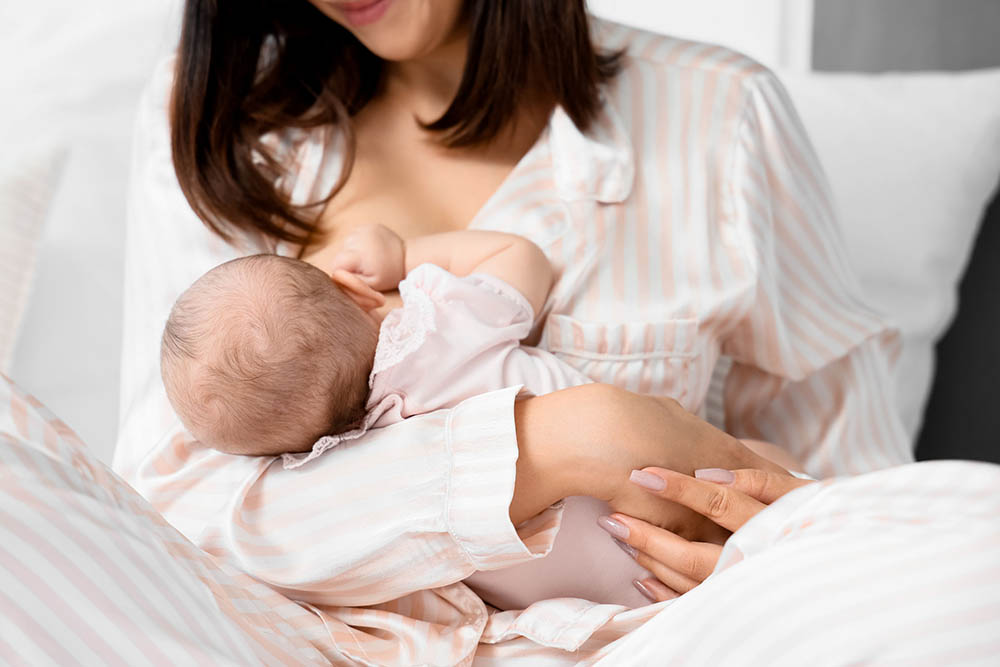 IMAGE: 123RF
IMAGE: 123RF
Treatments for clogged ducts and mastitis
Clogged ducts are a total nightmare for breastfeeding mums. If untreated, they can progress to mastitis, or inflammation of the breast tissue, which can lead to swelling, redness, fever, and chills. If not addressed, they even become abscessed.
As much as we try to fix them on our own, sometimes a clog is so stubborn that you need to engage help from a breast masseuse. Most charge roughly $80-$100 an hour. If the clog is really jialat, you can also consider ultrasound therapy, which costs almost twice as much.
As someone who’s suffered two bouts of mastitis, I’ve engaged a breast masseuse five times and a physiotherapist for ultrasound treatments twice. You do the math.
Doctor’s visits
As luck would have it, my latest bout of mastitis escalated into an abscess that required surgical drainage. The treatment required a lab test, ultrasounds, multiple rounds of aspiration, as well as follow-up visits. I spent more than $4000, not all of which my company insurance will cover.
While my case isn’t super common - if you’re reading this, don’t worry, address the clog quickly and it won’t turn into an abscess! - I was taken aback by how much I had to spend without warning, since the issue escalated in just two days.
At-home visit by a lactation consultant
If I could turn back time, I would have engaged an International Board Certified Lactation Consultant, otherwise known as an IBCLC, earlier in my breastfeeding journey. By the time I called one for a home assessment, I’d gotten mastitis, I’d started dealing with an oversupply, my pump wasn’t working effectively, and my baby was fussy at the breast.
Why didn’t I call one to begin with? I figured that the roaming lactation consultants in the hospital would tell me everything I needed to know, but as it turns out, they focused more on positioning rather than on breast health, pumping, and other issues that I struggled with during the day-to-day grind of breastfeeding.
You might also need to engage multiple IBCLCs before you find one that you like. The first IBCLC I called wasn’t much help, so I called a second one, who was much more caring and thorough. It was this IBCLC who helped me position my baby for a more comfortable latch, who pointed out that my flanges were the wrong size (hence some of my discomfort and issues with output), and gave me some useful tips for dealing with clogs myself before resorting to calling a masseuse. I spent roughly $250 both times that I hired an IBCLC, and while that’s not exactly cheap, maybe spending that money in the beginning would have saved me a lot in the long run.
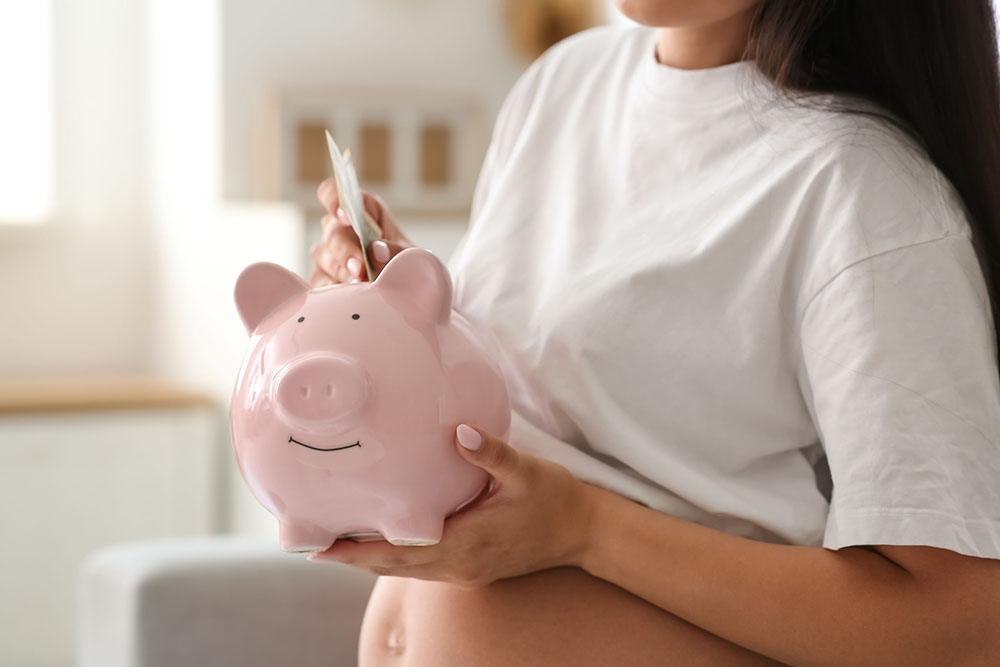 IMAGE: 123RF
IMAGE: 123RF
I spent just over $5000 to give birth. Including the surgical drainage for my abscesses, breastfeeding has cost me far, far more. (I haven’t even covered the cost of nursing covers and nursing-appropriate clothing, which I haven’t invested much in, but which many of my fellow nursing mothers depend on.) Even without the abscess, breastfeeding has cost me more than a year’s worth of what I would have spent had we just gone with formula all the way.
That’s not to say that breastfeeding isn’t worth it, or that it’s not cost-effective compared to formula, or that I regret my decision to breastfeed. It’s just that if you choose to do it, or to persist in spite of the challenges, your decision has to be based on something deeper and more abiding than the supposed monetary savings. If that had been my whole reason, I would have given up by now.
In the end, breastfeeding has turned out to be anything but free. It's been a journey full of unexpected costs and challenges, but I've stayed with it because it means something deeply personal to me. For any mum considering this path, my advice is to go in with eyes wide open and know that, despite the expenses, it's your own commitment that will keep you going.
For the latest updates on Wonderwall.sg, be sure to follow us on TikTok, Telegram, Instagram, and Facebook. If you have a story idea for us, email us at [email protected].







